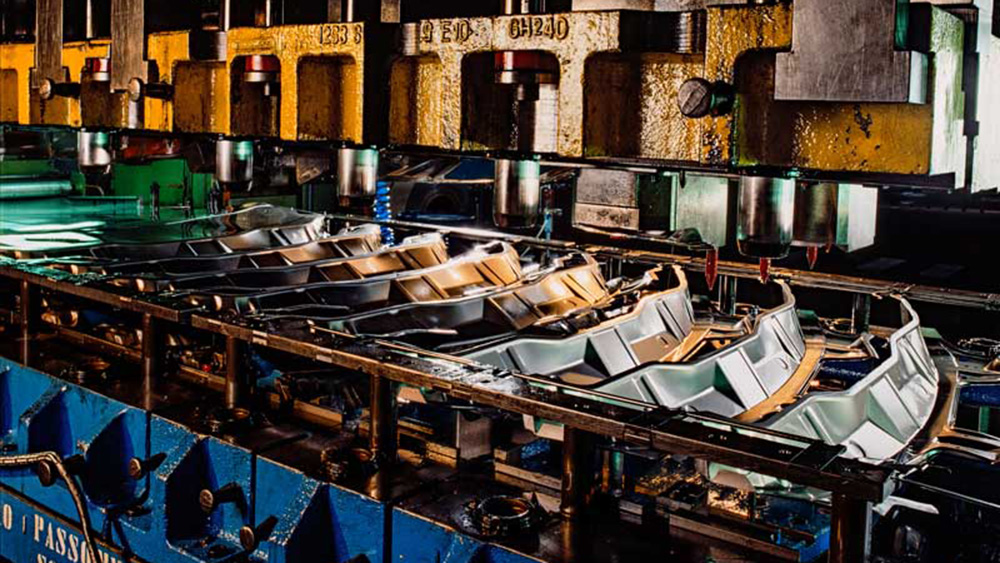Each type of part presents its own set of inspection challenges. This is especially true for sheet metal parts that are made of various entities, each with different positioning and dimensioning tolerances, and variable thickness gauges and sizes. These features can be inherently laborious to inspect regardless of the measurement technique.
|
ADVERTISEMENT |
The material’s thin edges and flexible nature, its complex geometries with intricate bends and punched holes, and large components like automotive body panels all add to the complexity. These challenges are further compounded by variations introduced through the manufacturing process, like stamping and bending.
This article outlines the key factors operators must consider when inspecting sheet metal, depending on the technique used—whether it’s a coordinate measuring machine (CMM), checking fixtures, gray value features, or 3D scanners.
…

Add new comment